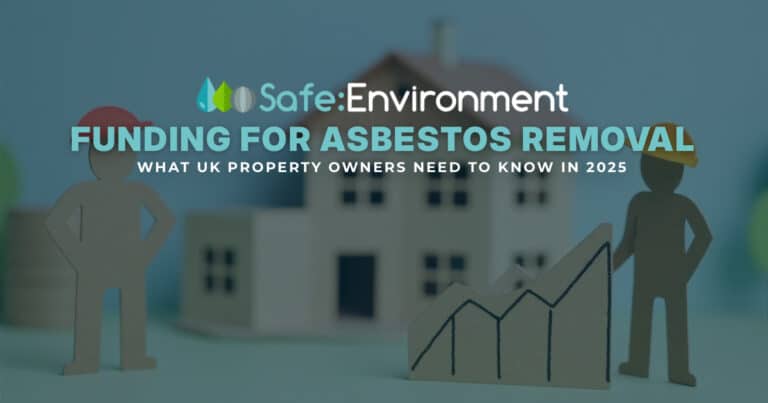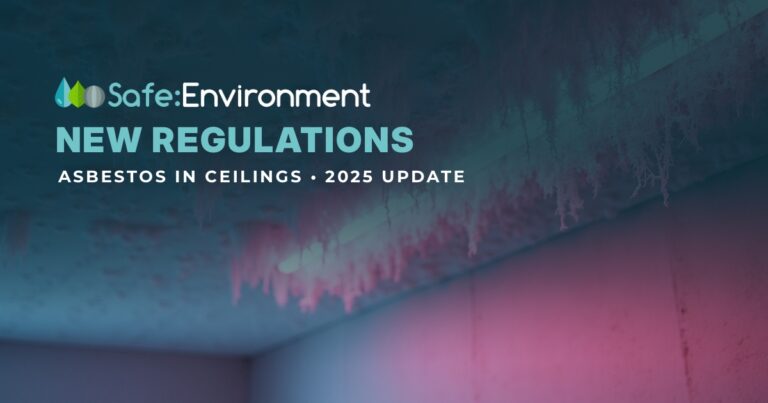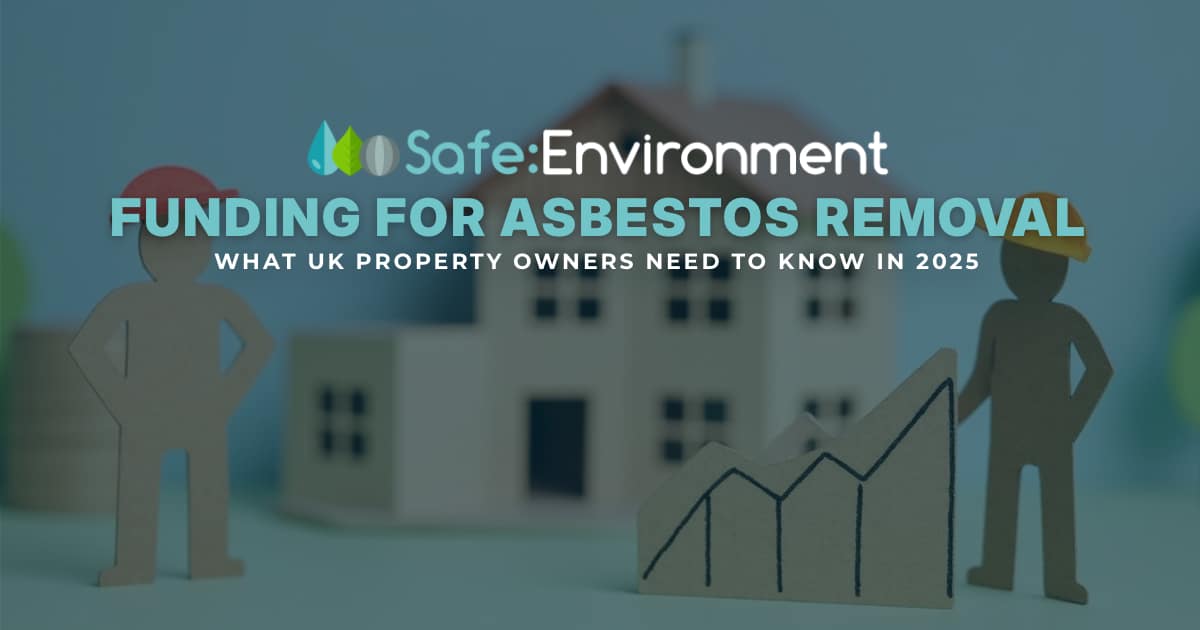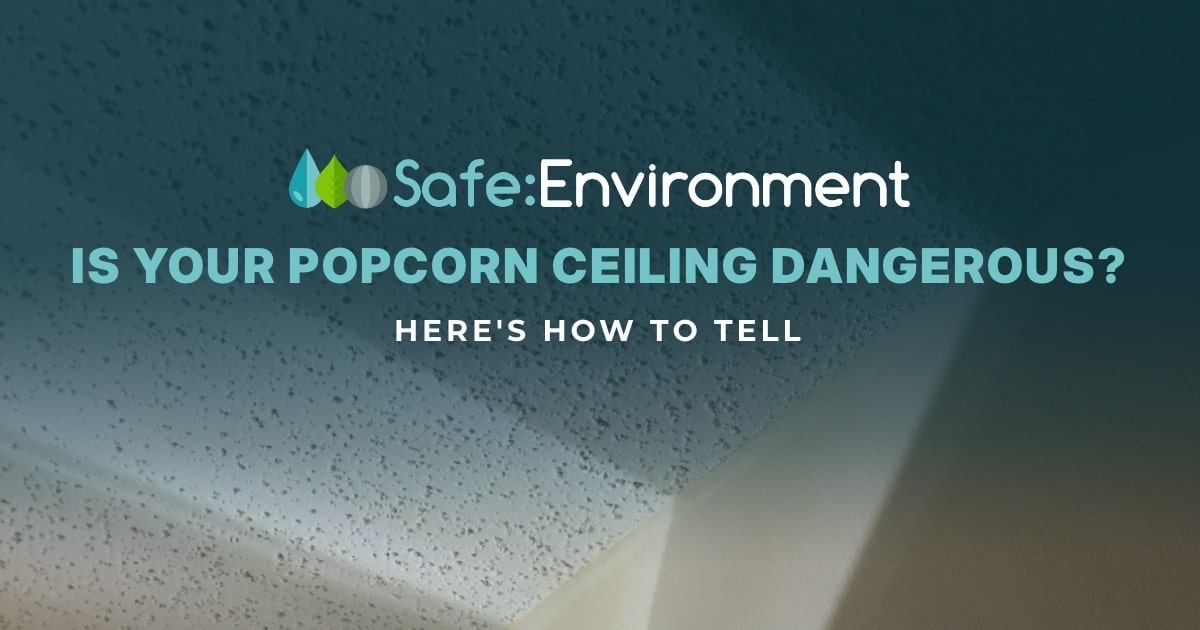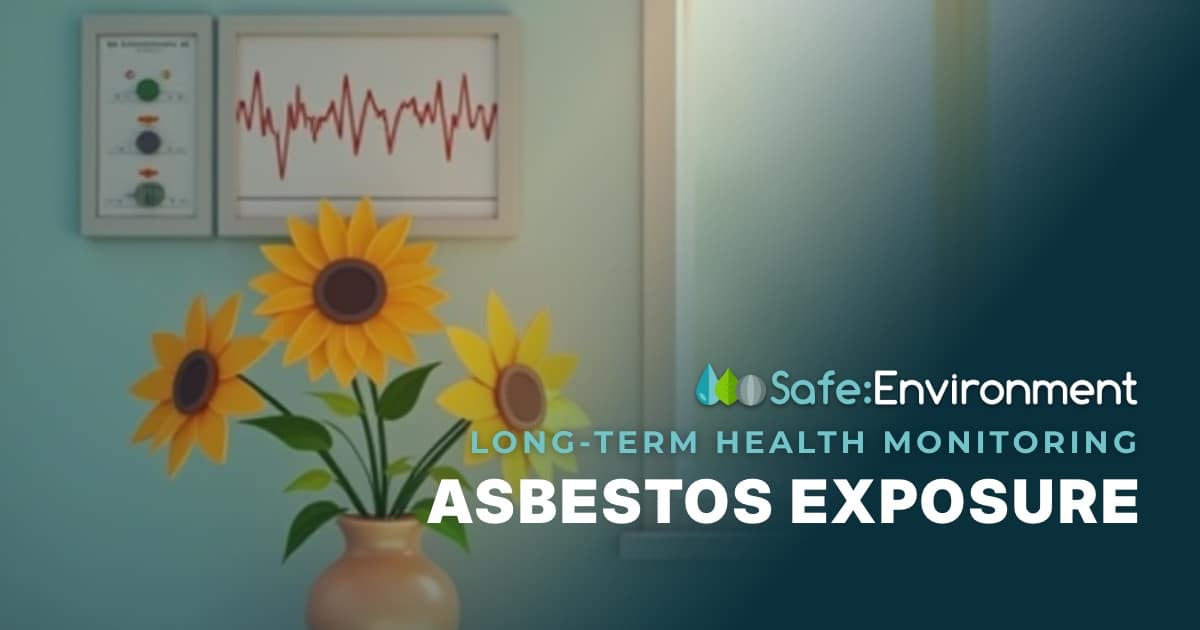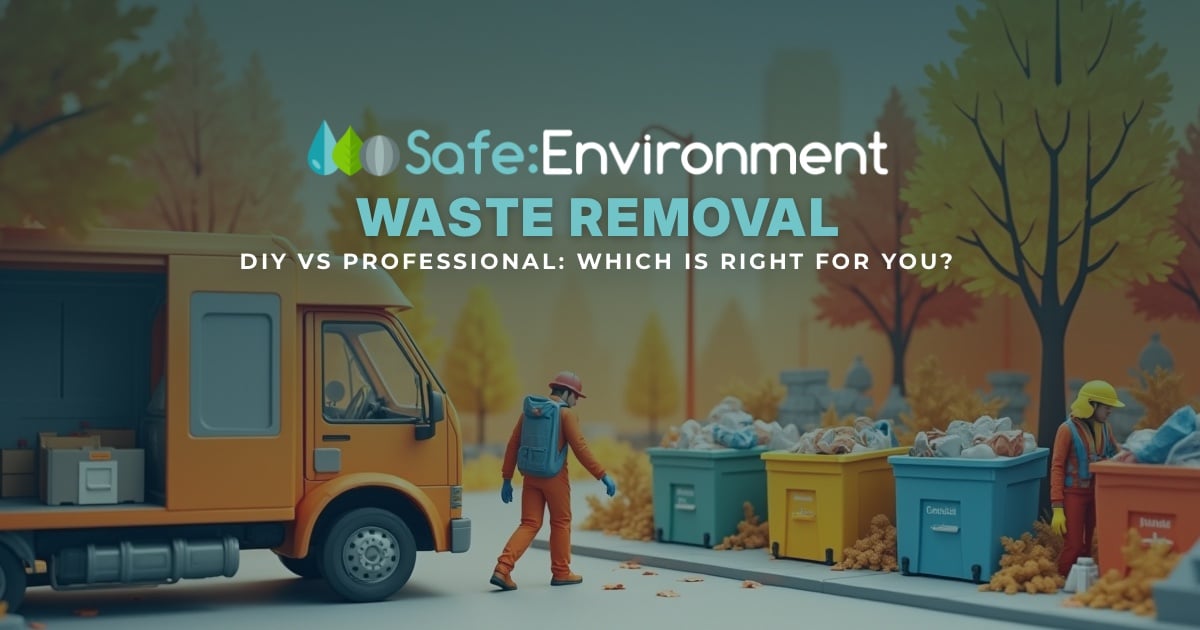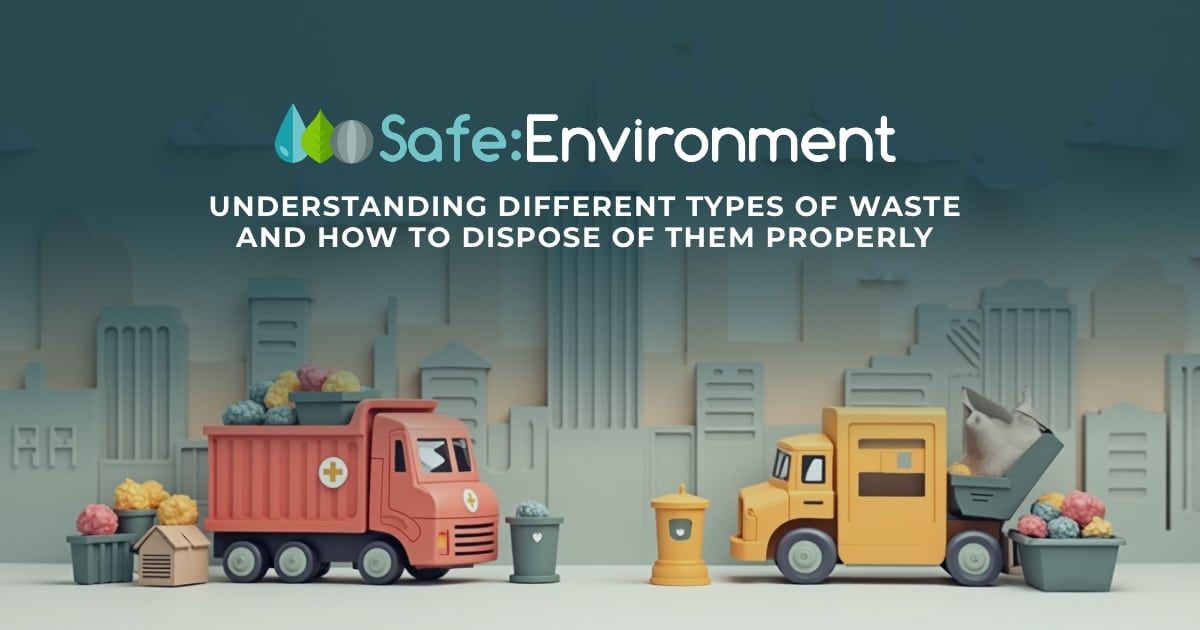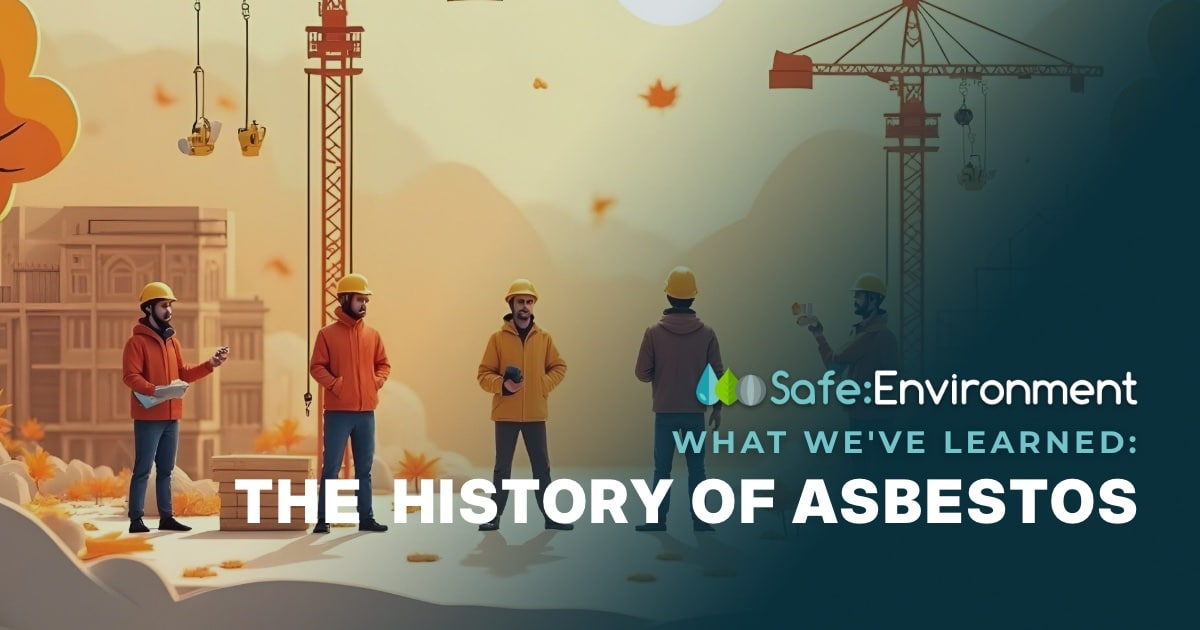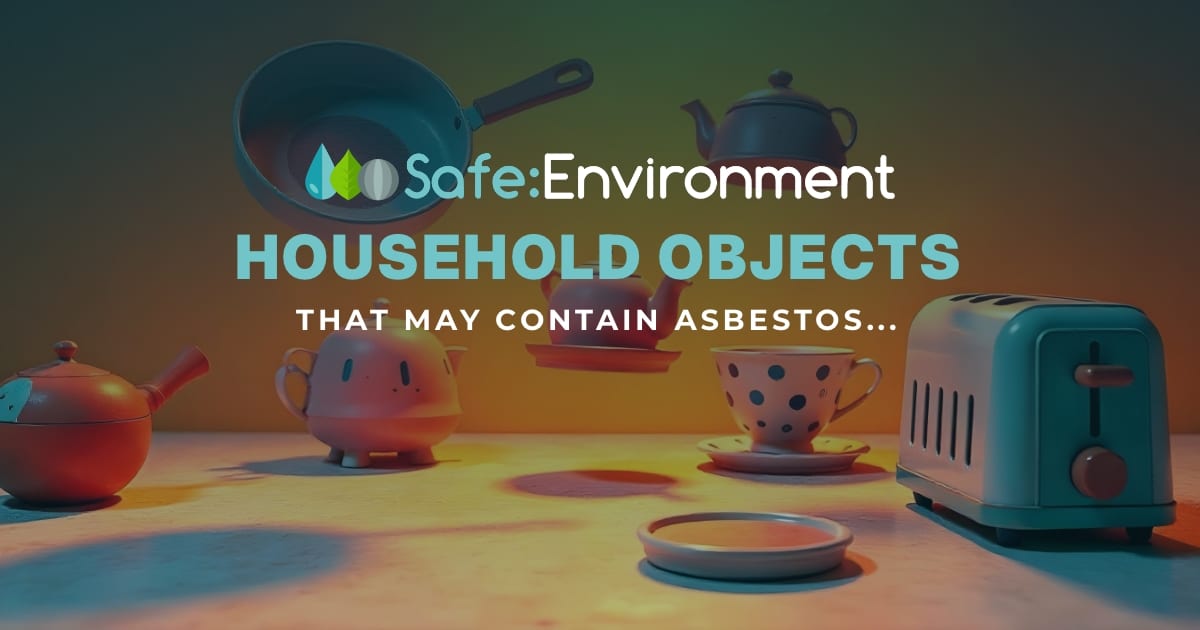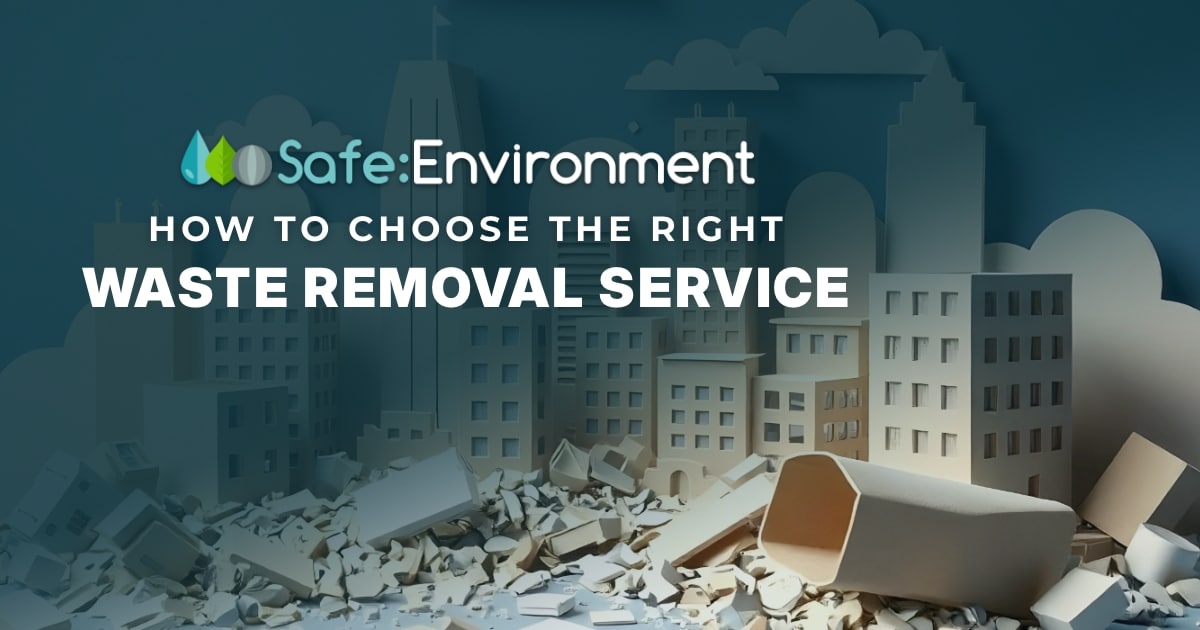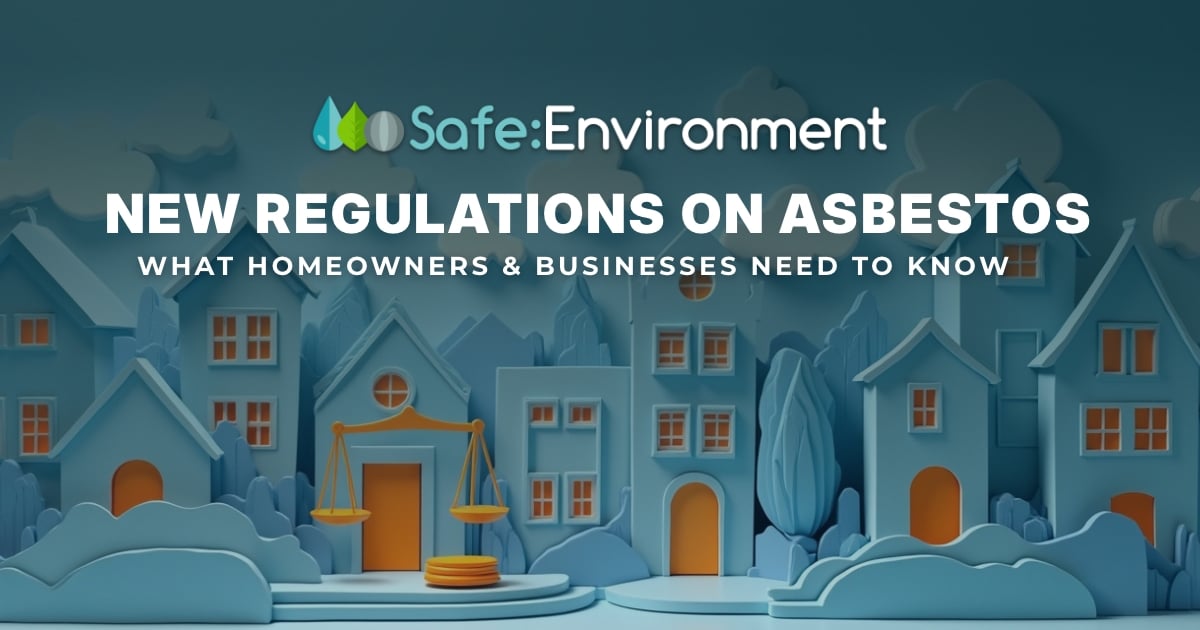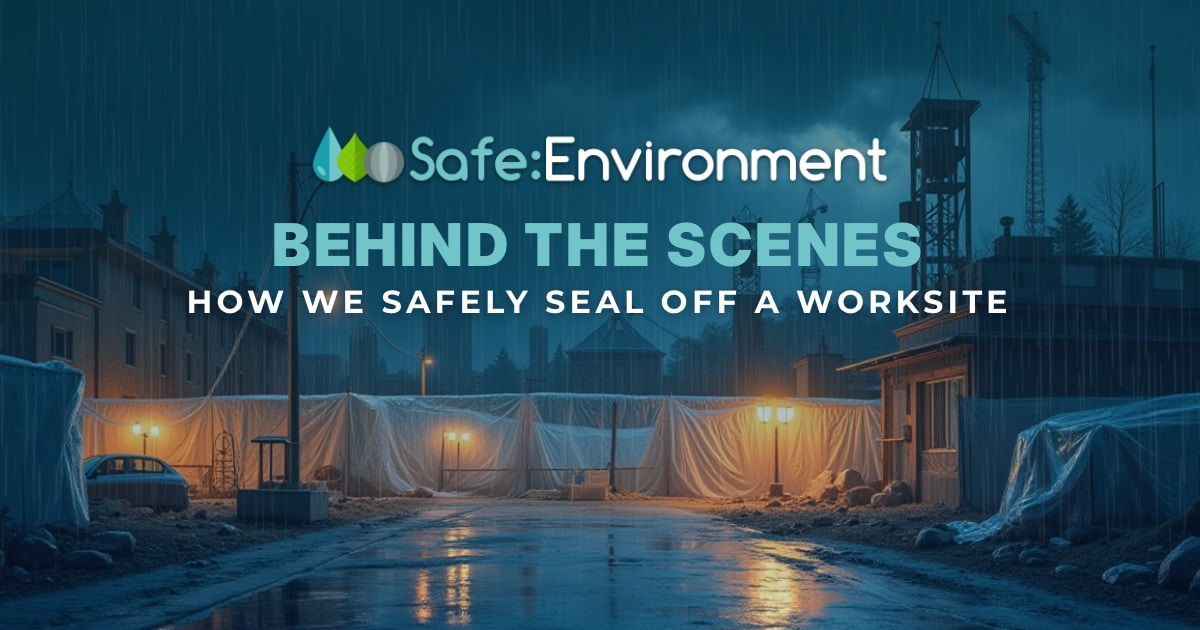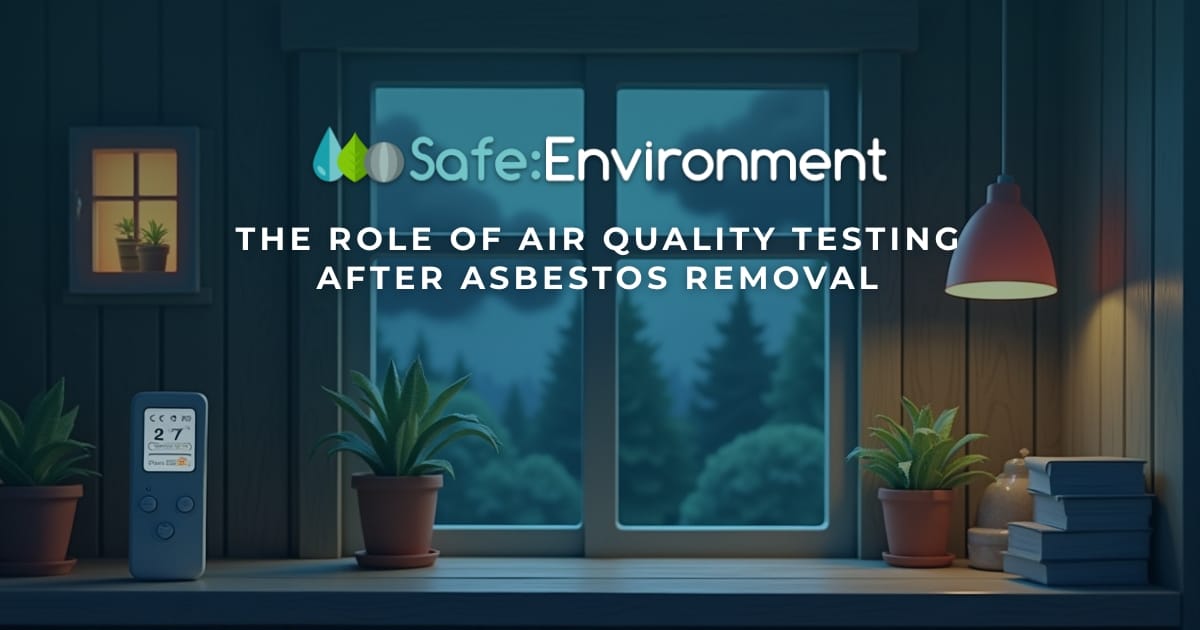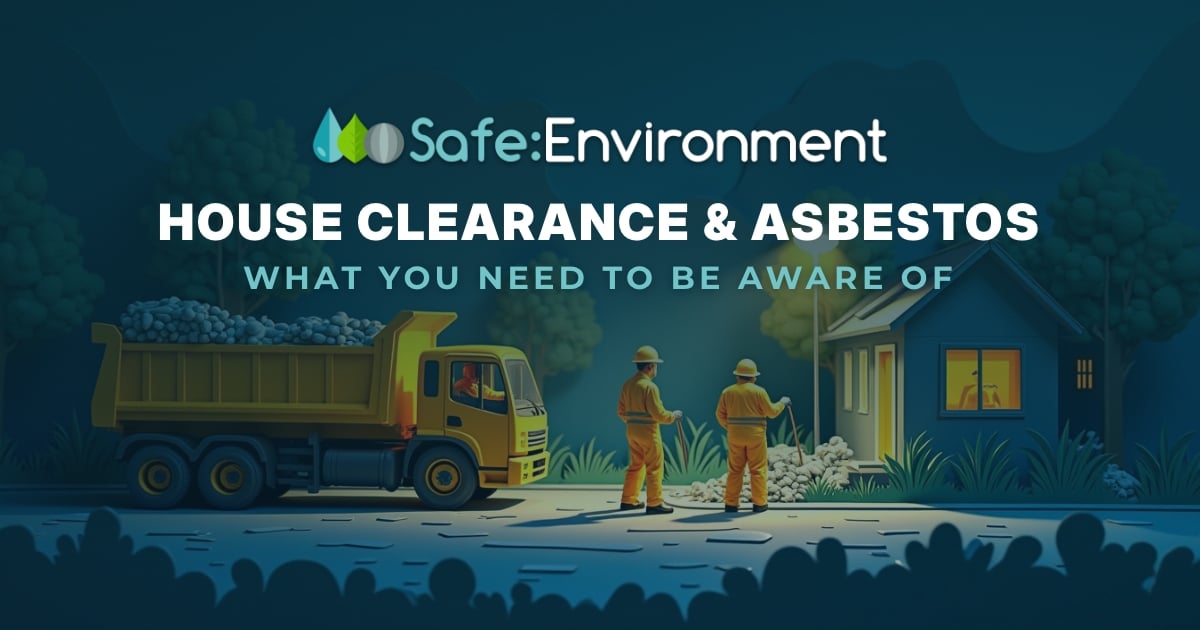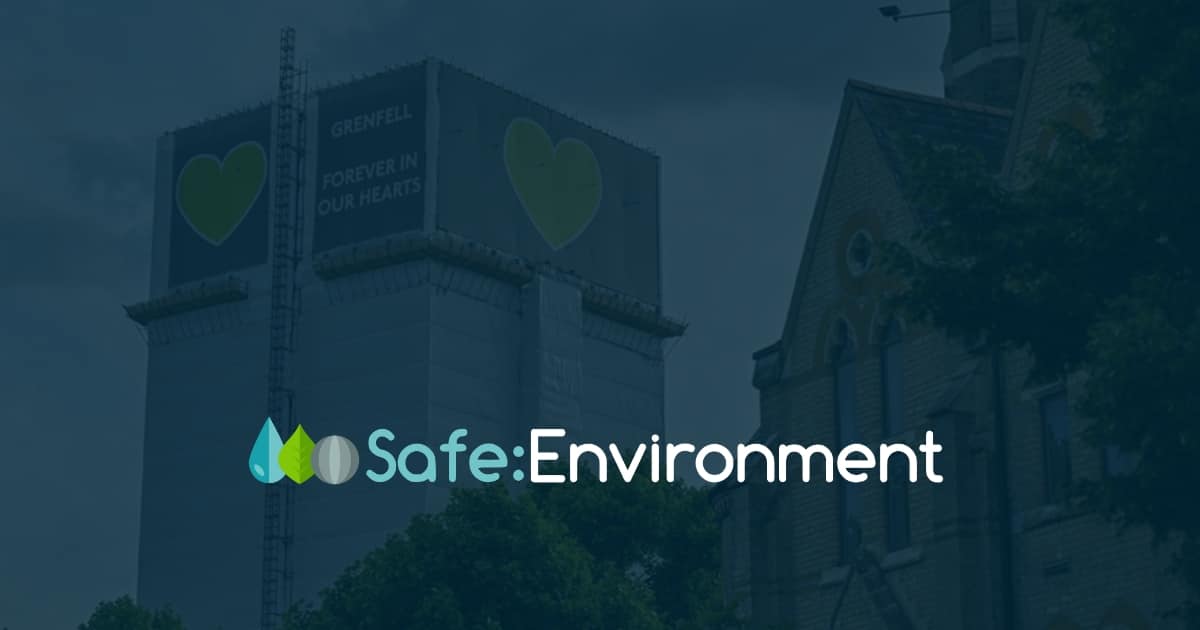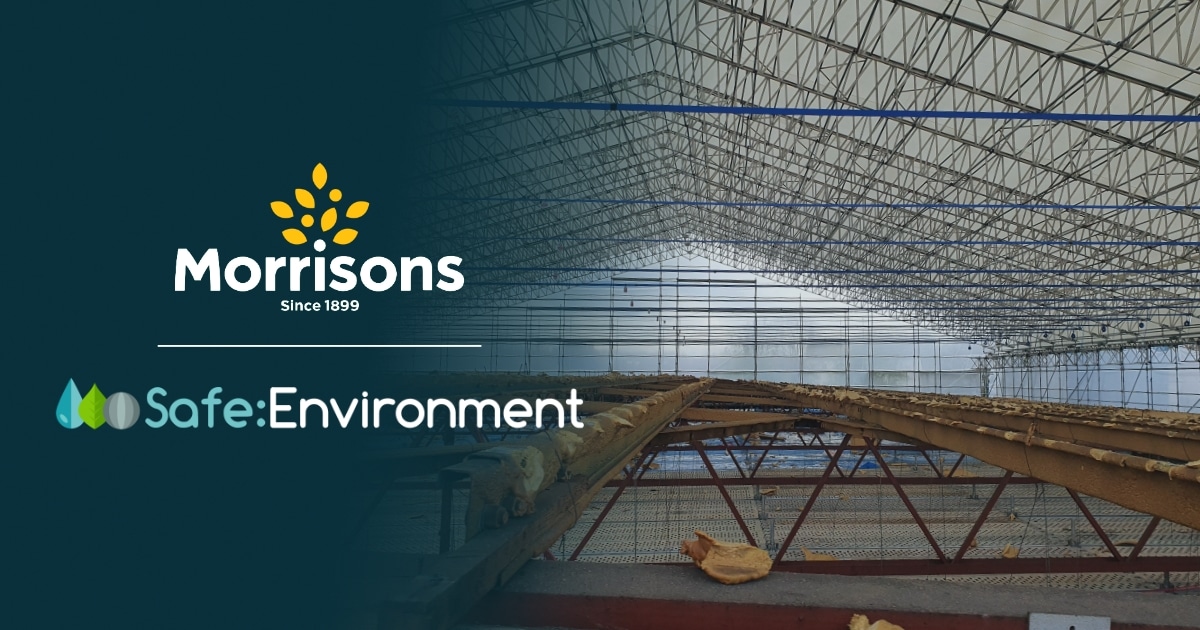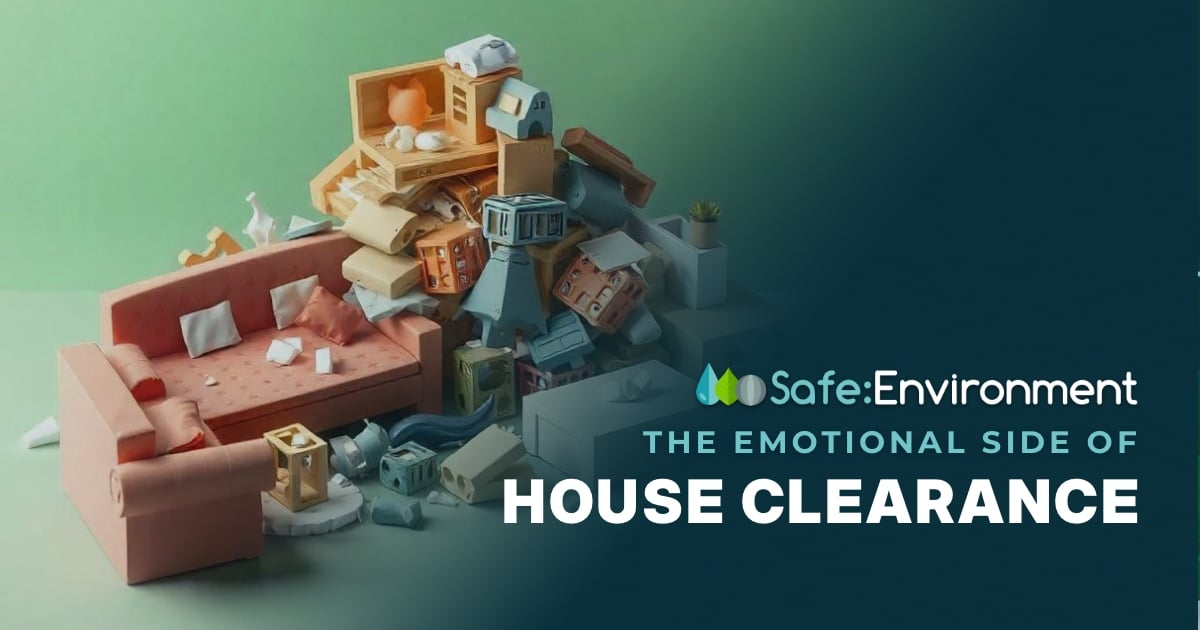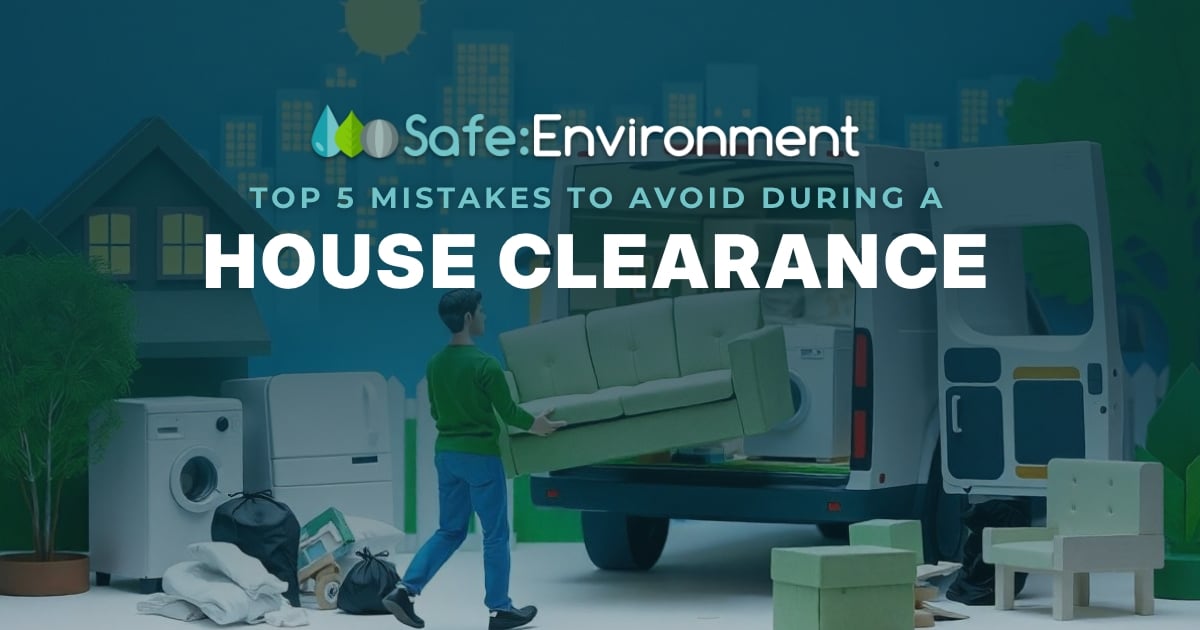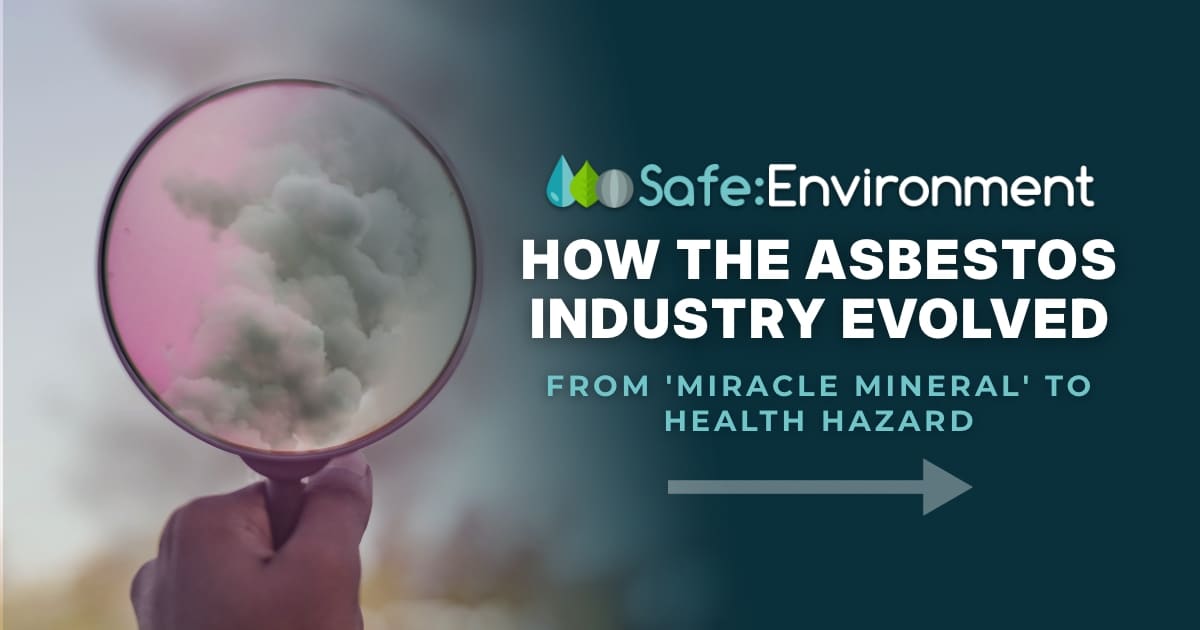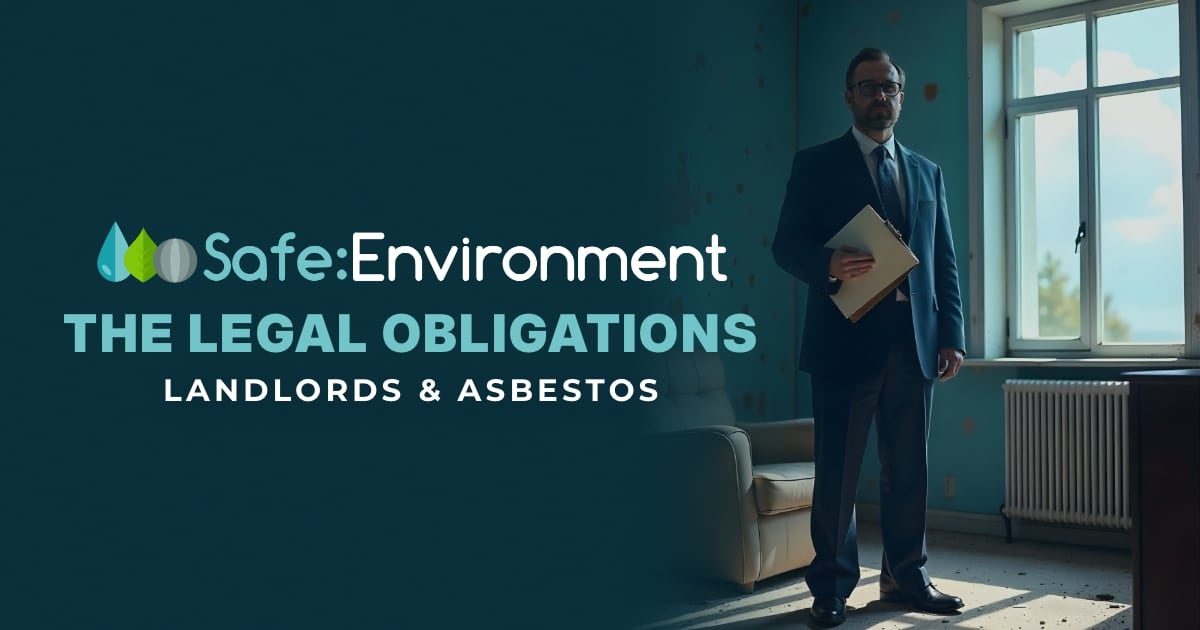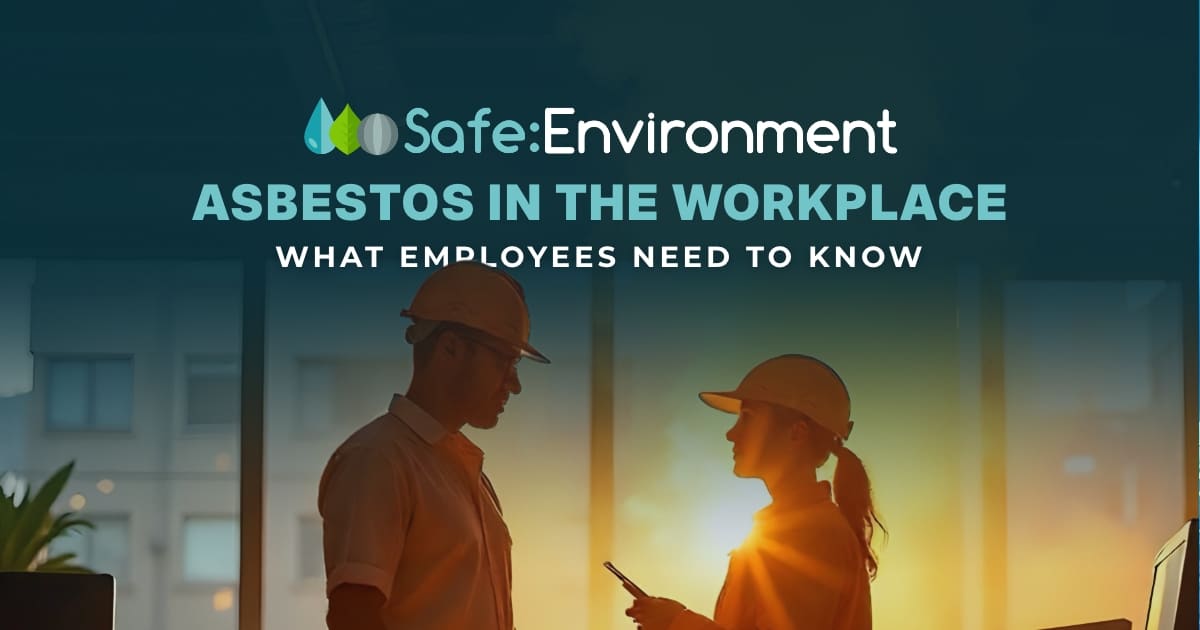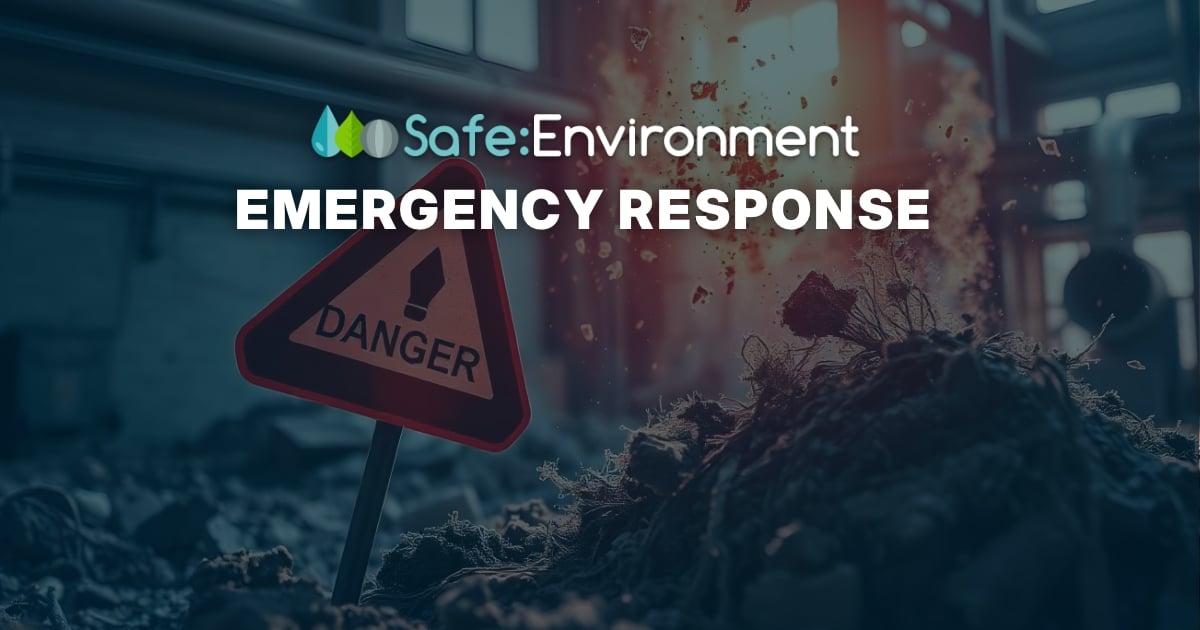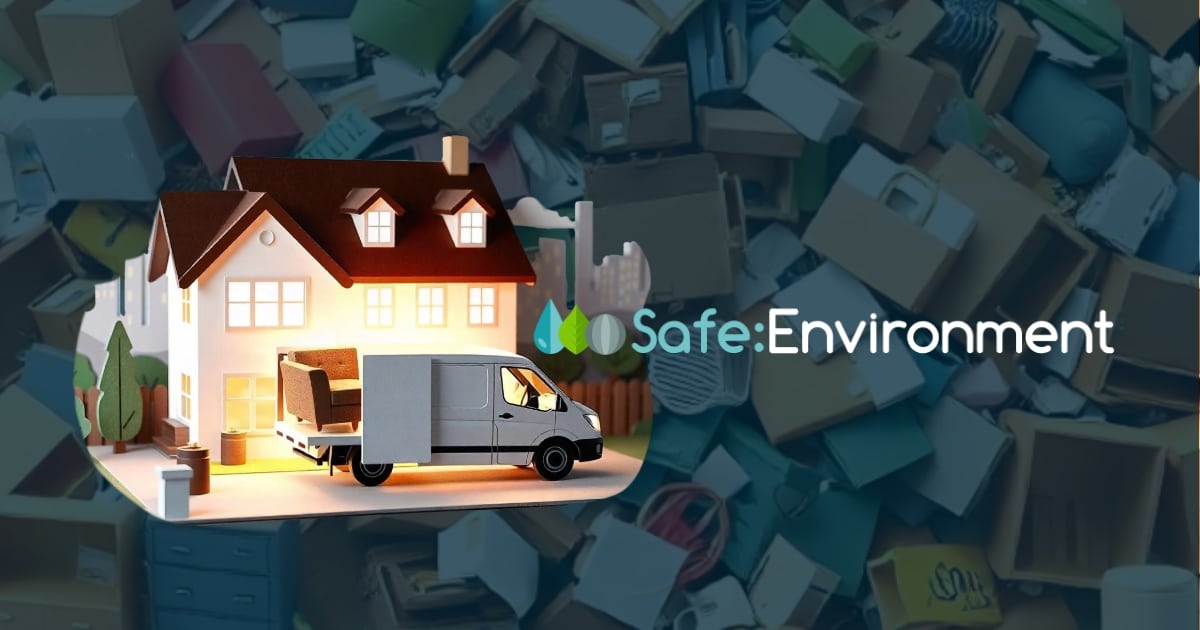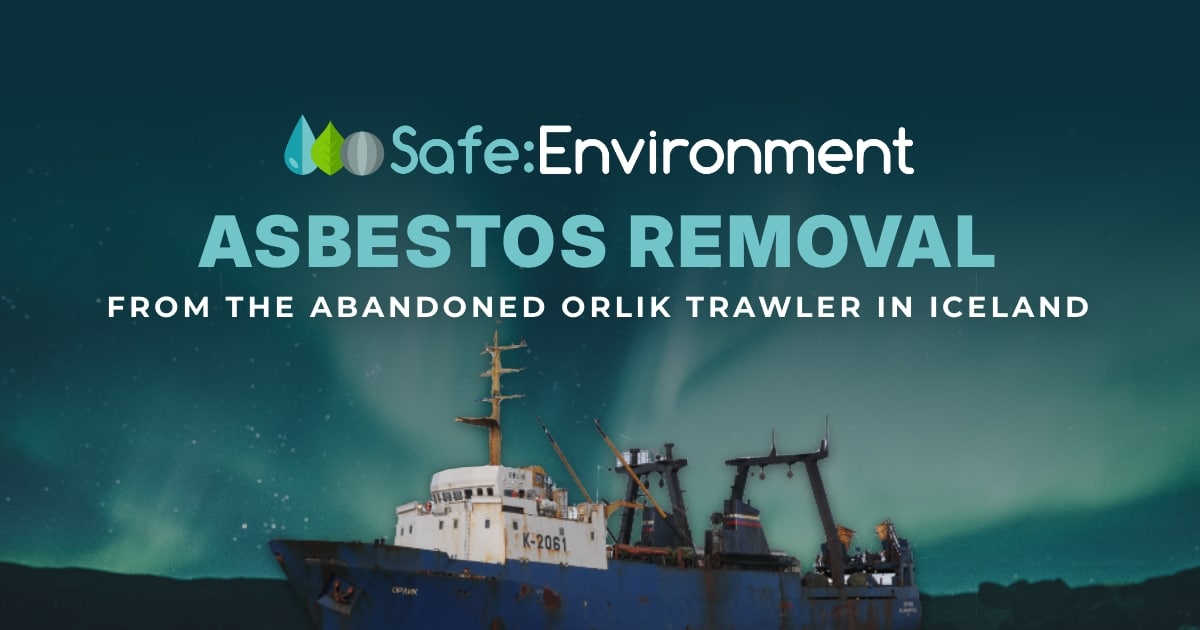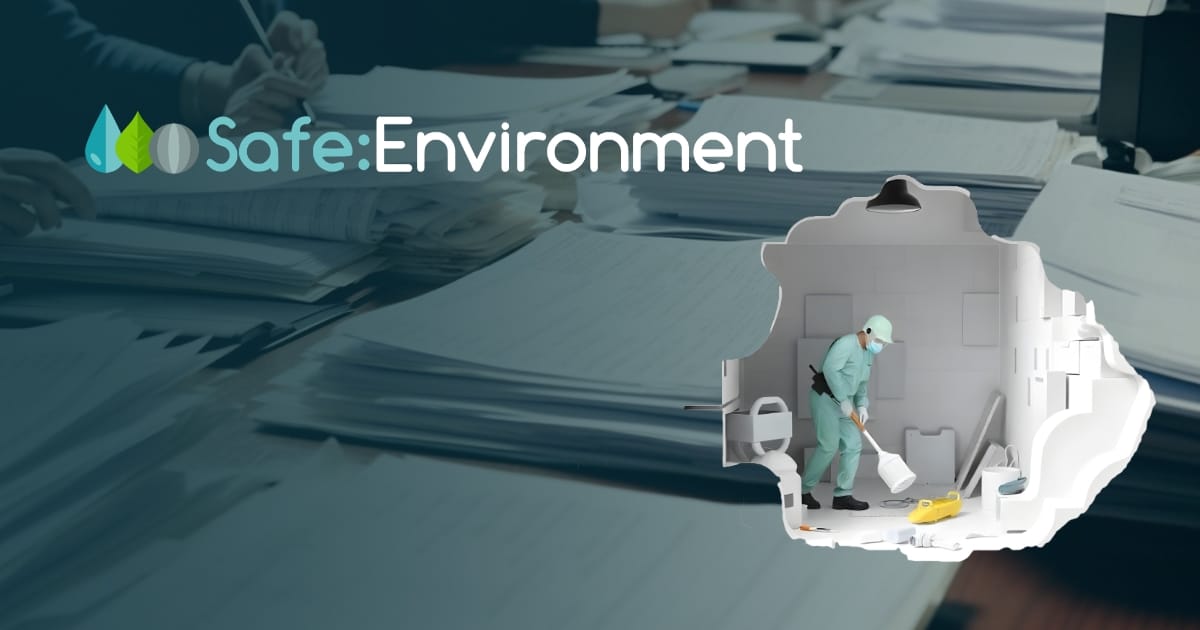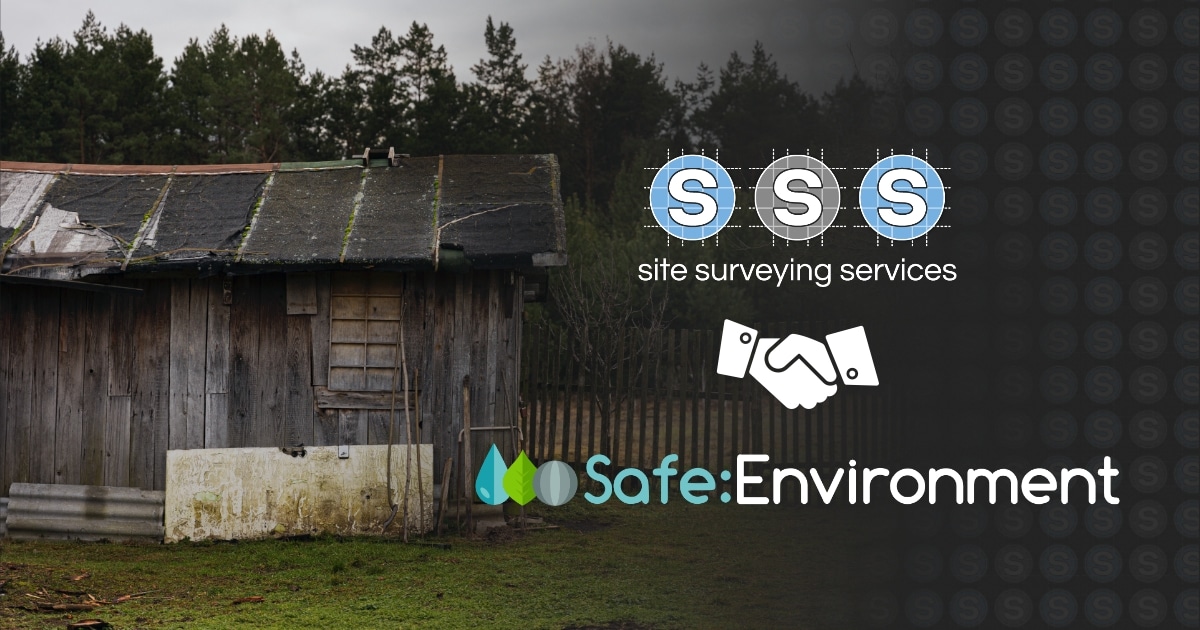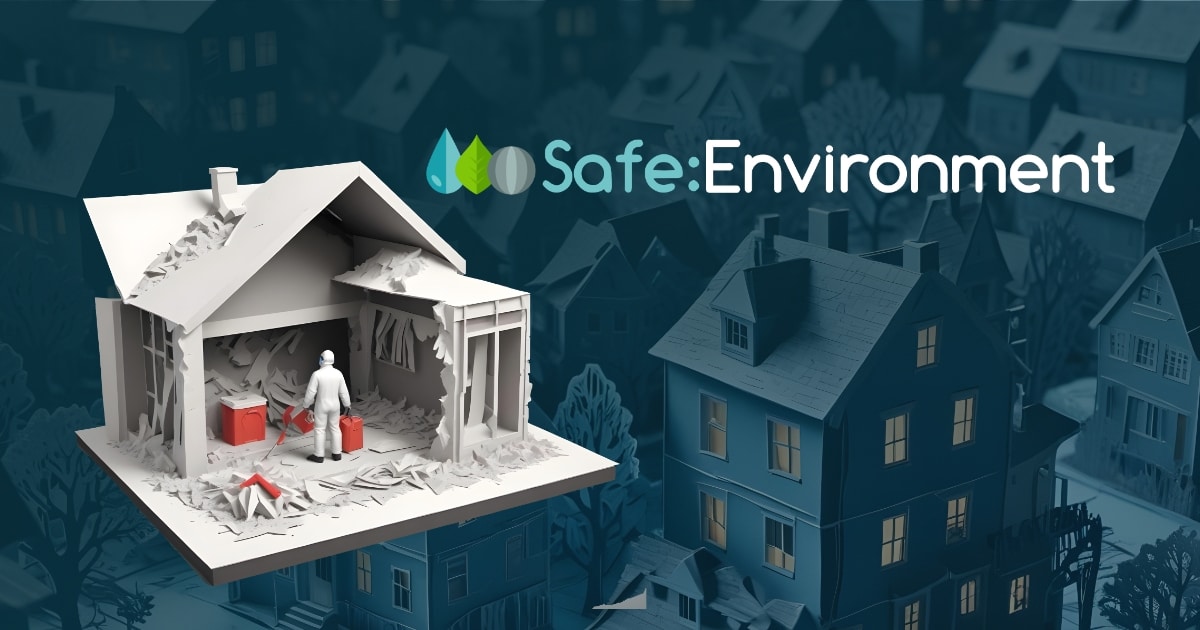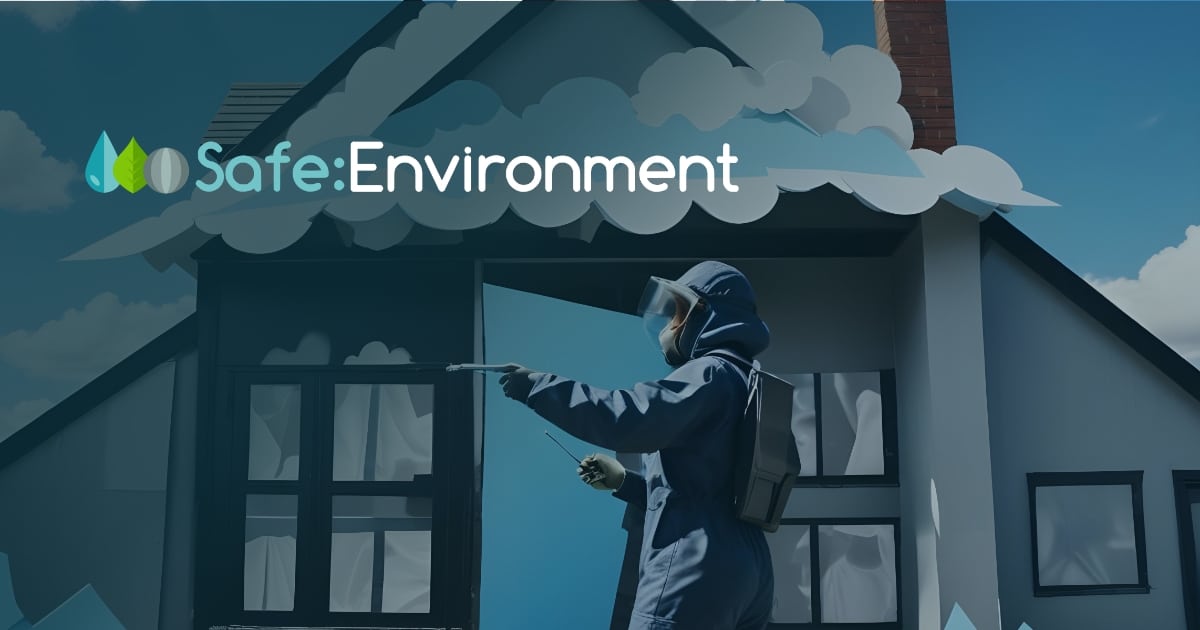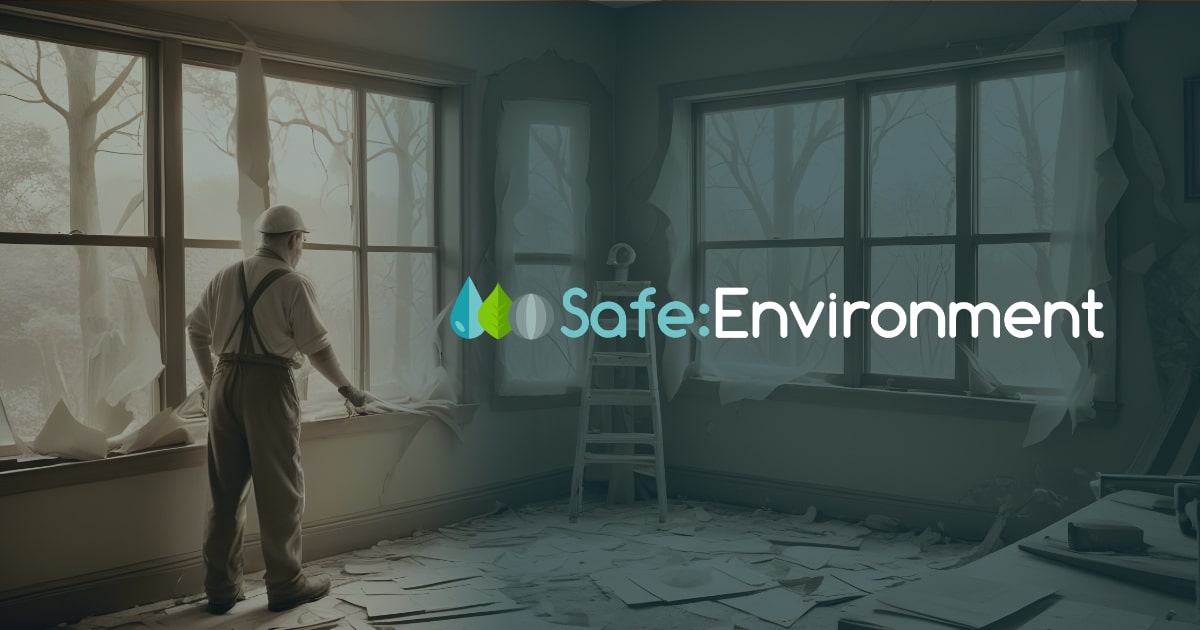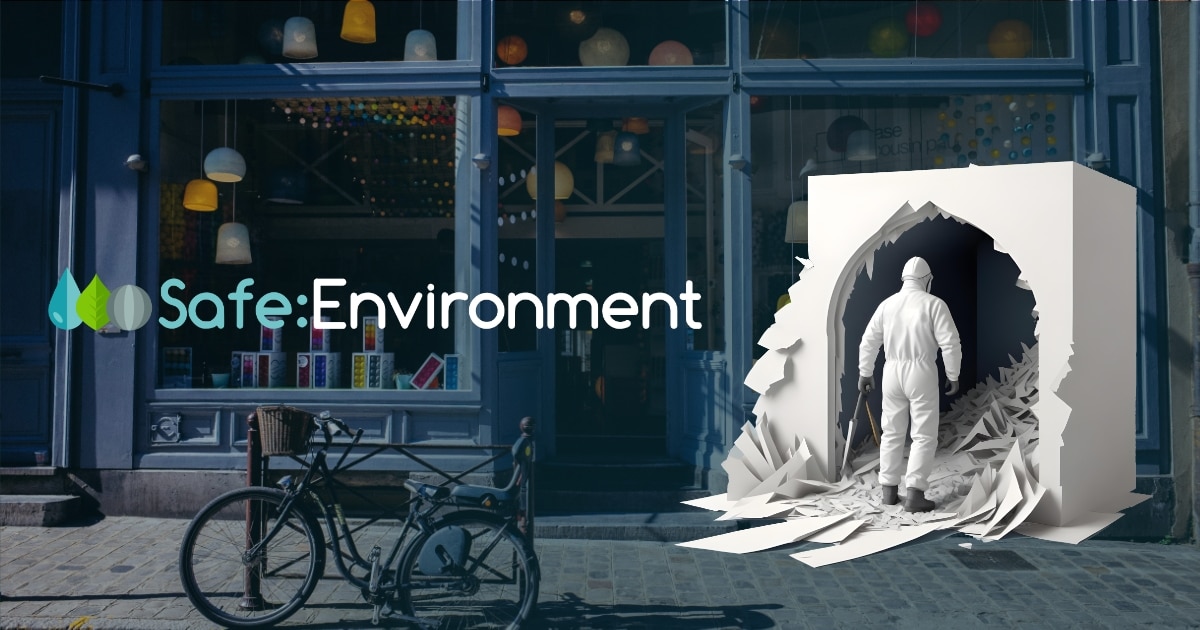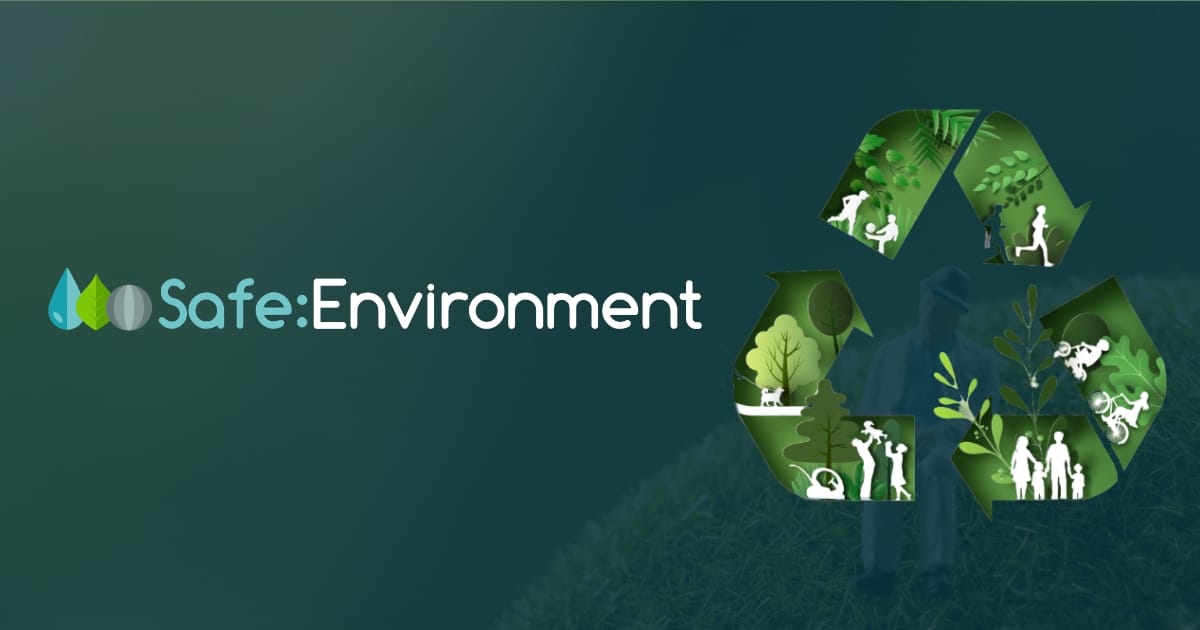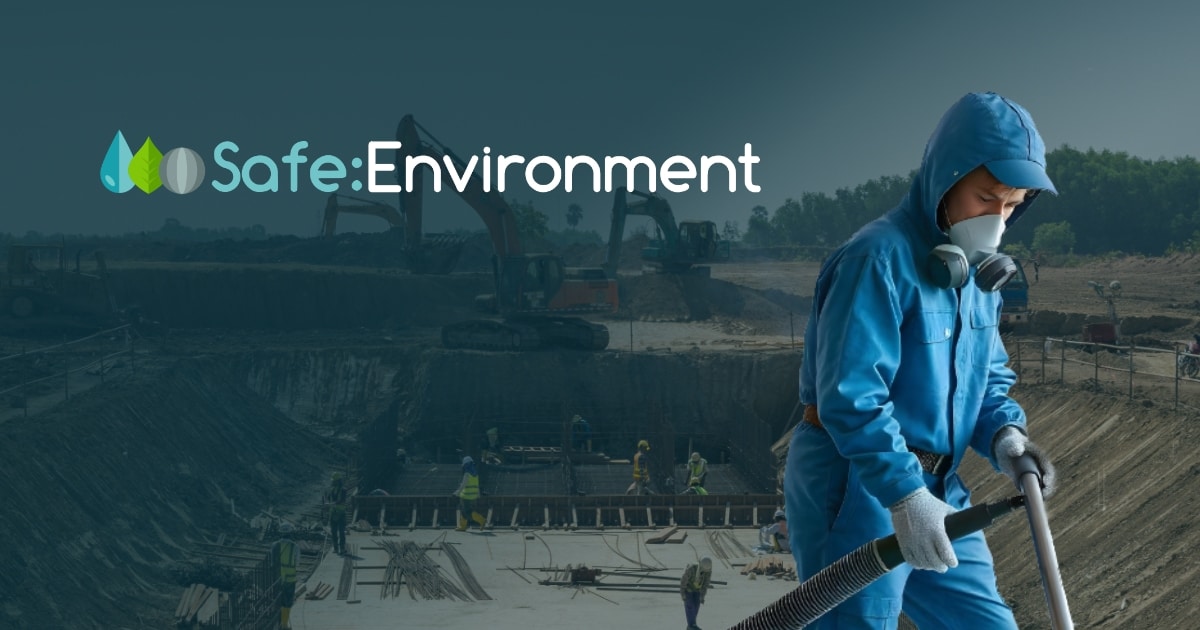If your shed was built before the 1990s, there’s a chance it contains asbestos. Once considered a miracle material due to its durability and fire resistance, asbestos was used in construction materials such as roofing sheets, insulation, and cement panels. However, asbestos poses serious health risks when its fibres are inhaled, potentially leading to lung diseases like asbestosis, lung cancer, and mesothelioma.
In the UK, asbestos removal is tightly regulated due to its hazardous nature. While certain types of asbestos can be removed safely by homeowners, other forms require licensed professionals. This guide will help you understand the process of removing asbestos from your shed in the UK, and the necessary precautions to take.
Step 1: Determine If Your Shed Contains Asbestos
Before attempting any removal, it’s important to confirm whether your shed contains asbestos. In the UK, asbestos was commonly used in shed roofing, wall panels, and insulation materials, particularly asbestos cement sheets, which were popular for outbuildings like garages and sheds.
To check if your shed contains asbestos:
Look at the materials: Asbestos cement roofing and wall panels typically have a corrugated appearance and may have weathered to a grey or white color.
Check the building age: Sheds built between the 1950s and late 1980s are more likely to contain asbestos.
Hire a professional surveyor: If you’re uncertain, it’s best to have an asbestos surveyor test the materials. They can take samples and have them analysed to determine if asbestos is present.
Step 2: Understand UK Asbestos Regulations
In the UK, the removal of asbestos is regulated by the Control of Asbestos Regulations 2012. While non-licensed removal of certain types of asbestos (such as asbestos cement sheets) is permitted, the Health and Safety Executive (HSE) strongly advises caution.
Non-licensed asbestos removal: Homeowners are allowed to remove asbestos cement sheets themselves, as long as it is done safely and the materials are not in poor condition.
Licensed asbestos removal: If your shed contains more dangerous forms of asbestos, such as loose asbestos insulation or friable materials (materials that can easily crumble into airborne fibres), you must hire a licensed asbestos contractor.
Step 3: Gather the Right Equipment
If you’ve confirmed that your shed contains asbestos cement and plan to remove it yourself, make sure to gather the right protective equipment to minimise the risk of exposure. You will need:
Disposable coveralls (Type 5/6) and disposable gloves
A P3-rated respirator mask designed to filter asbestos fibres
Goggles to protect your eyes from dust
Water sprayer to dampen asbestos materials and prevent fibres from becoming airborne
Heavy-duty plastic sheets to cover the work area
Specialist asbestos waste bags for safe disposal
Non-powered hand tools such as screwdrivers and hammers to avoid breaking the asbestos and releasing dust
Step 4: Prepare the Work Area
Before beginning the removal process, take steps to limit contamination and protect others:
Seal the area: Use plastic sheeting to cover the ground around the shed and any nearby surfaces to prevent asbestos dust from spreading.
Wear protective gear: Suit up in your coveralls, gloves, and P3 respirator before starting the work.
Keep the materials wet: Use a water sprayer to dampen the asbestos-containing materials before and during the removal. Wet asbestos is less likely to release dangerous fibres.
Step 6: Safely Bag and Dispose of Asbestos Waste
In the UK, asbestos must be disposed of in line with strict regulations to prevent contamination and exposure. Here’s how to handle disposal:
Double-bag the asbestos: Place asbestos cement sheets and waste into heavy-duty polythene asbestos waste bags. These should be double-bagged and clearly labeled as asbestos waste.
Dispose of protective gear: After the removal, remove your disposable coveralls and gloves carefully and place them in the asbestos waste bags as well.
Transport to a licensed facility: Contact your local council or visit the HSE website to find a licensed asbestos disposal facility. Not all recycling centers accept asbestos waste, so it’s important to verify where you can safely take it. Your local authority may also offer collection services for a fee.
Step 7: Clean Up and Decontaminate
Once you’ve completed the removal, it’s essential to clean up the area to ensure no asbestos dust remains:
Wipe down surfaces: Use wet wipes or damp cloths to wipe down any surfaces that may have been exposed to asbestos dust.
Do not use a vacuum cleaner: Regular vacuum cleaners are not suitable for cleaning asbestos fibers, as they can spread them further. Only use specialist asbestos vacuum equipment, which is usually handled by professionals.
Shower immediately: After finishing the removal, shower to wash off any possible asbestos fibers on your skin or hair.
Step 8: Consider Professional Help
Although removing asbestos cement sheets yourself is legal in the UK, it’s often best to err on the side of caution. If you’re uncomfortable with the process, or if the asbestos is damaged or crumbling, it’s worth considering hiring licensed asbestos removal specialists. Professionals have the equipment, training, and certification required to handle asbestos safely, reducing the risk to yourself and others.
Conclusion
Removing asbestos from your shed is a serious task that requires proper precautions to protect yourself and your environment. In the UK, homeowners can legally remove asbestos cement sheets themselves, but it’s essential to follow strict safety measures, including wearing protective gear, keeping the materials wet, and properly disposing of asbestos waste.
If you are ever unsure about the type of asbestos in your shed or how to handle it safely, the best course of action is to contact a licensed asbestos removal contractor. Your health and safety should always come first when dealing with hazardous materials like asbestos.



